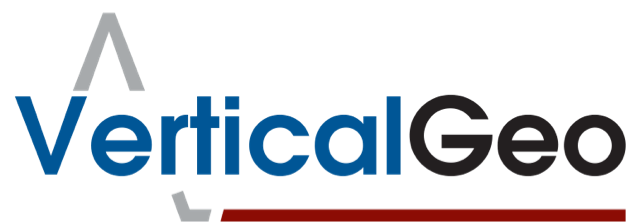We began using Mergin Maps in 2020 with one of our customers who was performing large scale tree inventories for the federal government. We started out using the Collector App and ArcGIS Online to provide us with real-time situational awareness on the trees we had inventoried, areas where we still had to collect data, and areas where we partially collected data and needed to revisit. The Collector App and ArcGIS Online performed well in providing real-time situational awareness on these projects, but as the projects grew and the number of users increased ArcGIS Online became very expensive to use because the fee increased substantially based on the number of users. We had nearly a hundred users collecting data simultaneously, which became cost prohibitive for our project. We began looked for an open source alternative to this workflow that still provided us with the same capability. We found what we were looking for with a workflow using Mergin Maps as the data collector and and QGIS as the mapping software. We used the Mergin Maps App on our cell phones paired with a Trimble R1 GPS receiver to collect all the data needed for the large tree inventories. Mergin Maps was very inexpensive to use regardless of the number of users and QGIS is totally free.
The Mergin Maps and QGIS workflow has worked flawlessly for us. Both Mergin Maps and QGIS are open source software that are easy to use and fully capable GIS software. Most of the team collecting data in the field are Arborists and are not trained GIS professionals. They would run into issues with the complexity of the Collector App and ArcGIS Online, but the Mergin Maps and QGIS workflow is easy to use and is very capable.
In the screenshot below we show how we used Mergin Maps on one of our surveying projects to help us rehabilitate 450 Corps of Engineers Survey Monuments on a project at Table Rock Lake near Branson, Missouri. No one had re-surveyed the Corps of Engineers boundary since 1972, so we had a mission to locate the boundary over 20 miles of shoreline. We collected survey data using our Trimble Survey equipment, but we used Mergin Maps to track progress as we surveyed the boundary. As we input data on each Survey Monument we could view in real-time the status of our work. This screenshot represents our work near the end of the project. The Green dots represent Survey Monuments that we had successfully recovered and re-surveyed. The Blue dots represent Survey Monuments where we still needed to collect more data and were only partially complete. We would need to re-visit them and finish collecting data. The Red dots represent Survey Monuments that were missing and had to be reset, and the Pink dots represent areas where we had set up control for the project. As we would complete a Survey Monument we would update our data in Mergin Maps and it would auto-sync with QGIS to provide us with a real-time progress map of our enormous project.
We found a workflow that suit us well. It is very simple, yet very powerful. Whether we need to perform data collection for a surveying project, a tree inventory, or collecting street sign data for our local municipality, we believe the Mergin Maps and QGIS workflow will serve us well. We believe this will be a great tool for the First Responder community in disaster response missions where the situation needs to be updated quickly and the details transmitted to Emergency Operations Center decision makers rapidly. Anyone that is part of the response team with a cell phone and the Mergin Maps App can contribute to crowd sourcing information in a disaster.
We have enjoyed working with Mergin Maps and QGIS so much that we recently became a Mergin Maps Partner. If you would like a demo of how the system works, if you have questions, or if you would like to implement Mergin Maps please let us know. We would love to assist you


